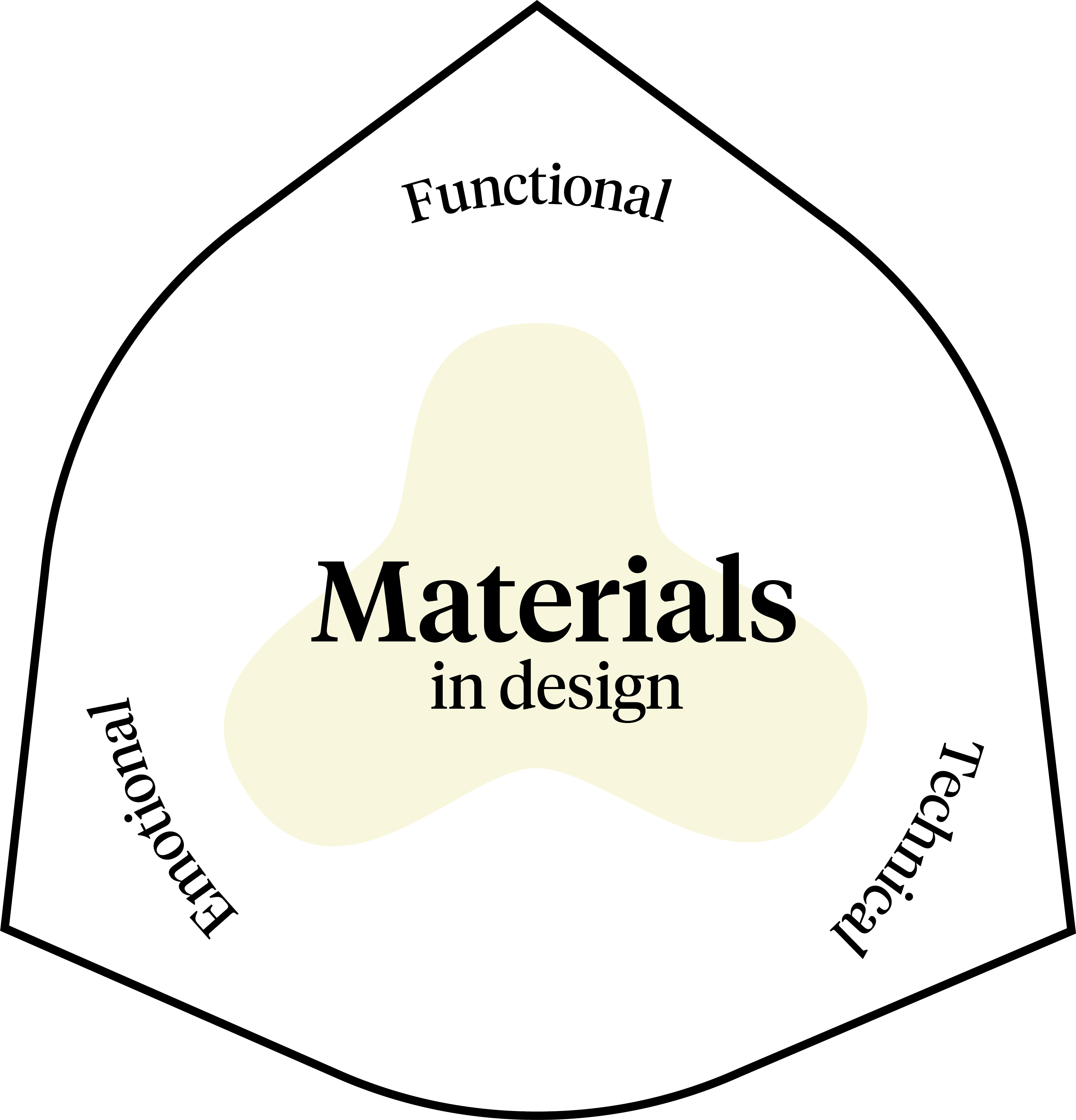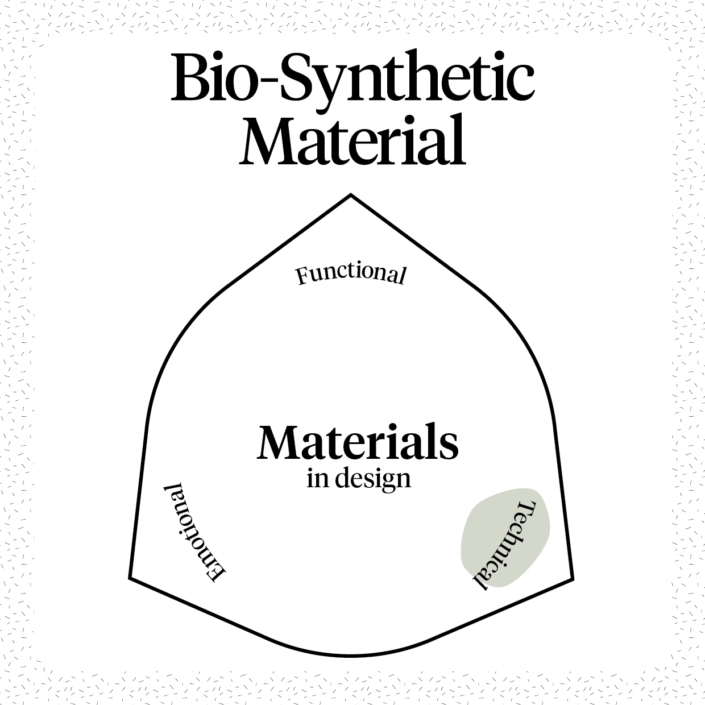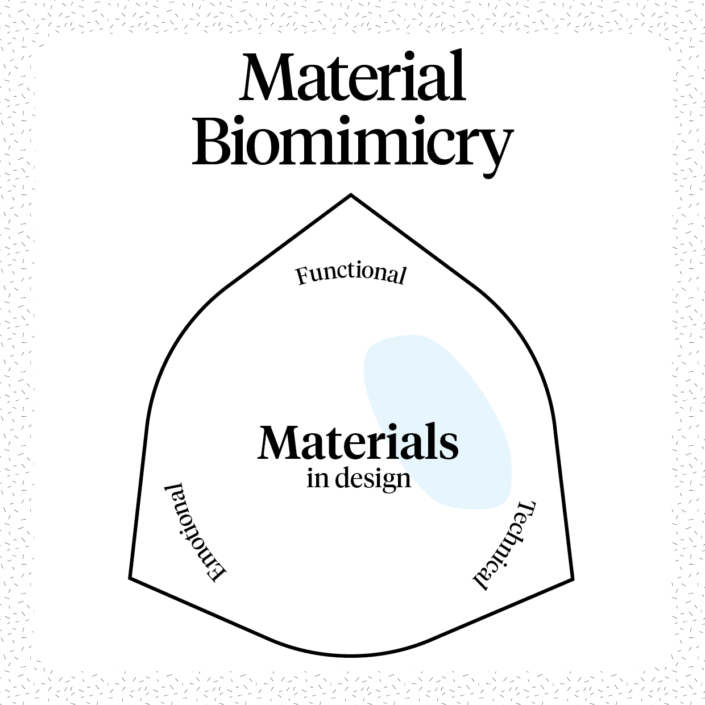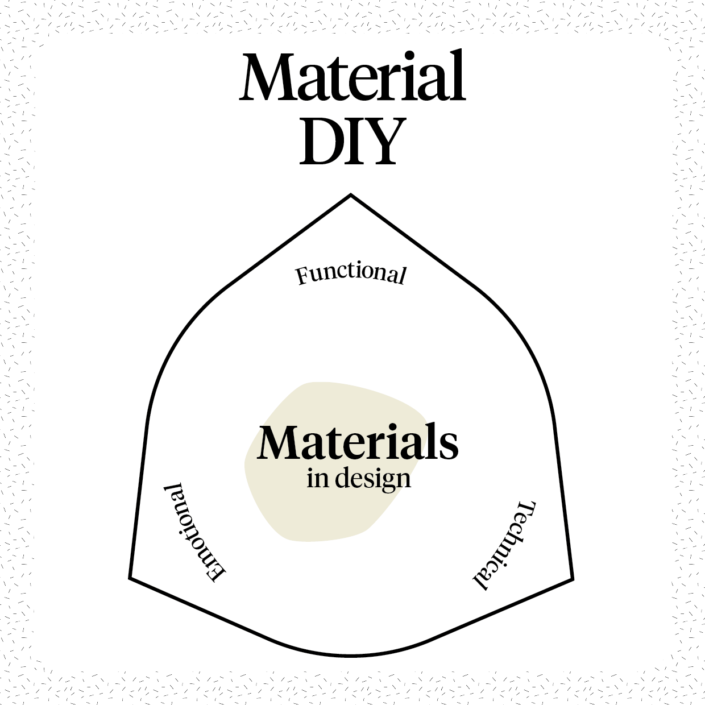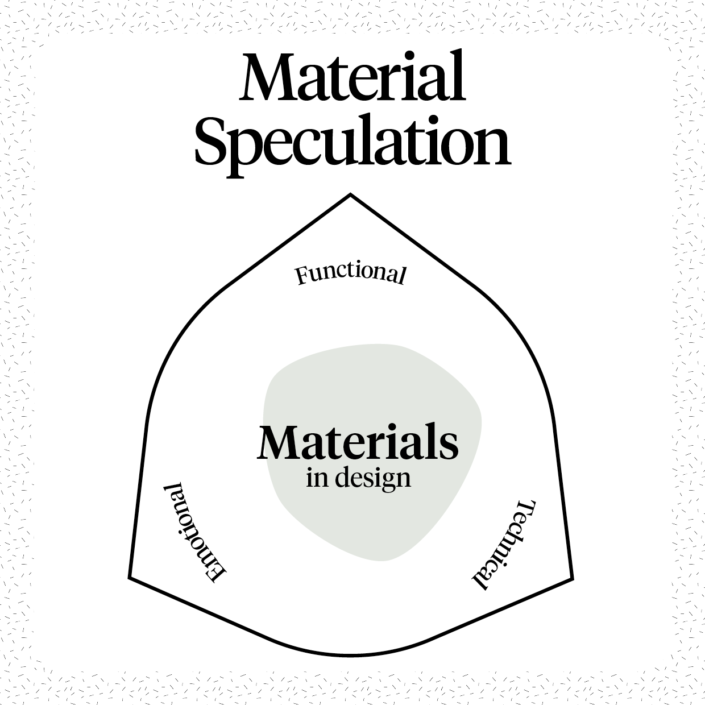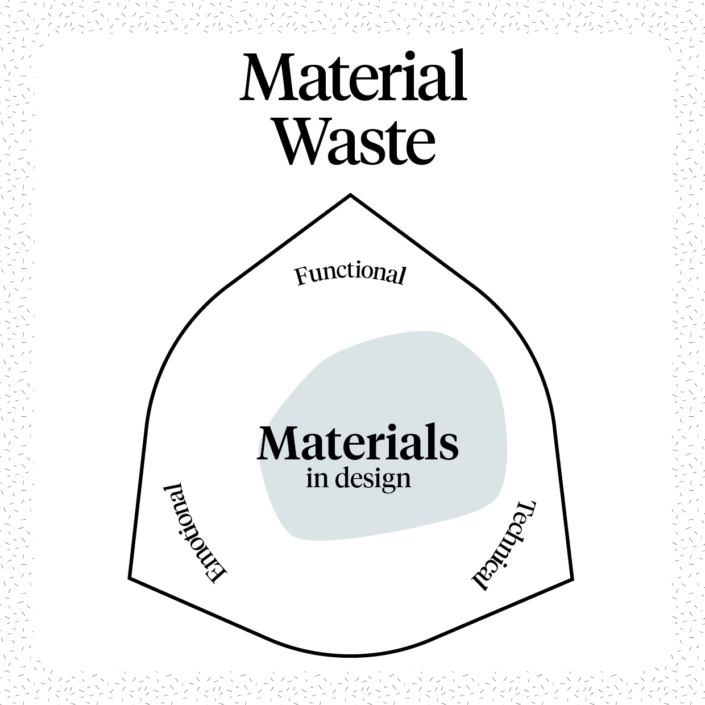What?
Working with living materials means merging material and product manufacturing by benefitting from a living material or an organism’s innate growth behaviour. These behaviours can be further utilized through self-driven or systematized material repair, embedded in the material itself. ‘Living’ often refers to organisms; however here also inorganic materials that grow are considered.
Why?
Working with living materials can build understanding of and respect for materials as living nature, optimize the use of material resources and thus build more resilient systems. Furthermore, as production will depend on the materials growing, it can strengthen slow design thinking for designers and users.
Challenges
- Production time is dependent on the materials growth
- It is necessary to fully understand the nature of the material in mind and from that design an optimal production environment.
Examples
- Diana Scherer’s plant roots that are grown in moulds to obtain specific shapes and structures (www. dianascherer.nl)
- A research group at Aalborg University is developing self-healing glass that can be applied in e.g. smartphone screens and car windshields.
- Biocouture by Suzanne Lee, is a cellulosic material grown from tea, sugar and bacteria in a fermentation process.
- Full Grown is a project which explores creating ‘grown’ chairs and lamps from trees.
Further Reading
de Pauw, Kandachar & Karana (2015). Assessing sustainability in nature-inspired design. International Journal of Sustainable Engineering 8(1), pp. 5–13.
Ghosh (2009). Self-healing Materials: Fundamentals, Design Strategies, and Applications. Wiley.
Karana (2020). Still Alive. Livingness as a Material Quality in Design. Caradt and Avans University of Applied Sciences.*

